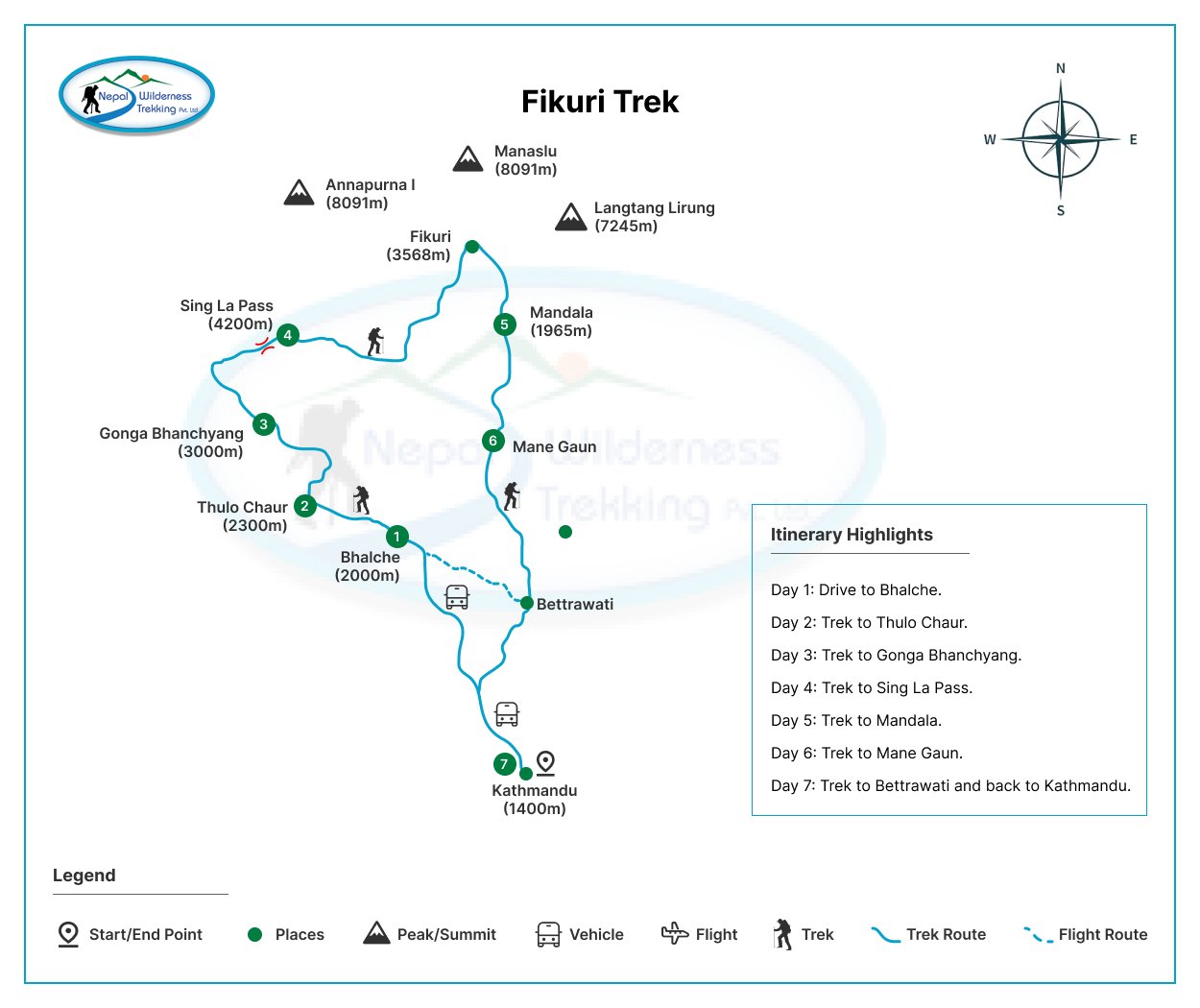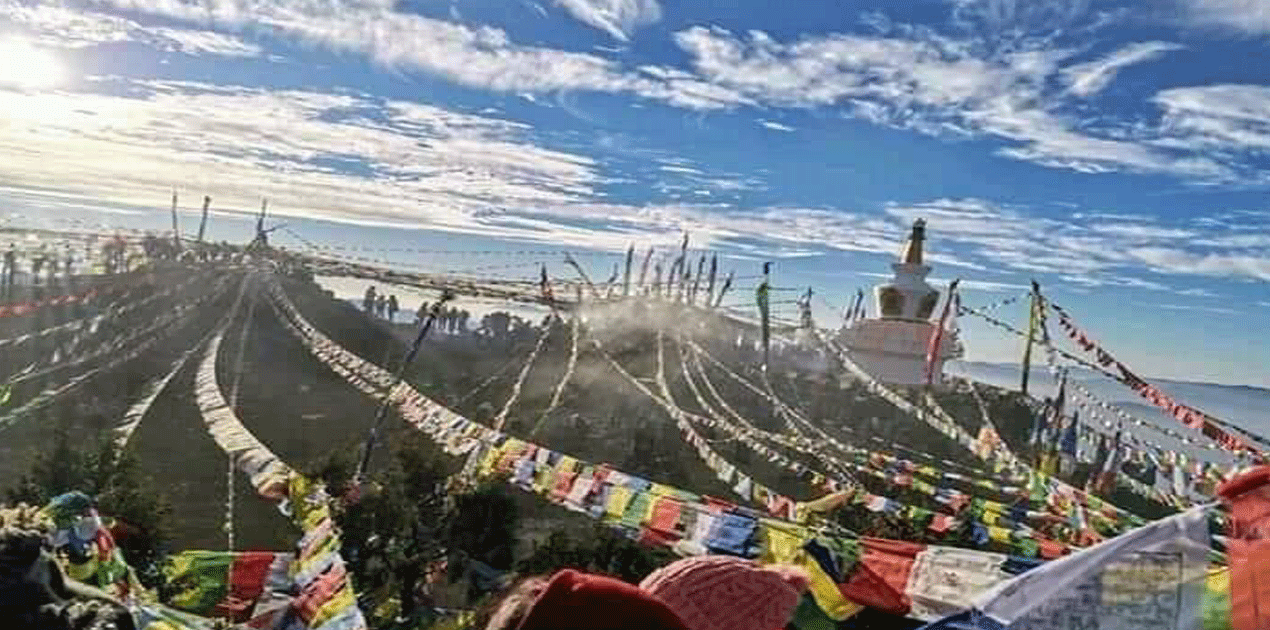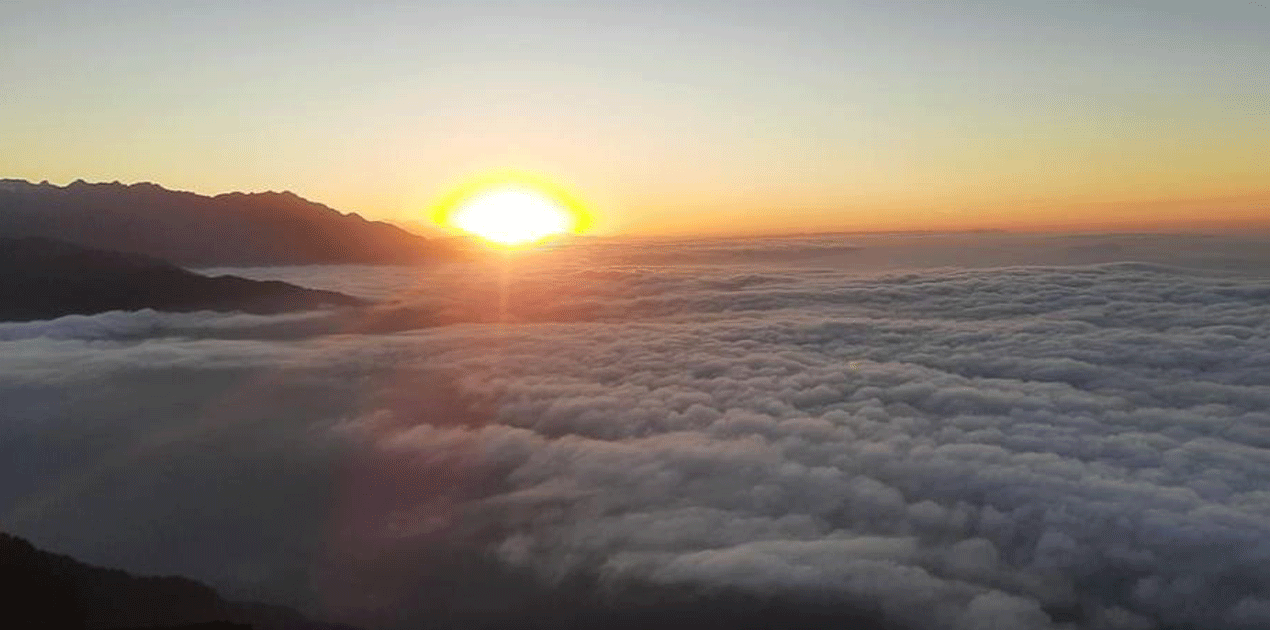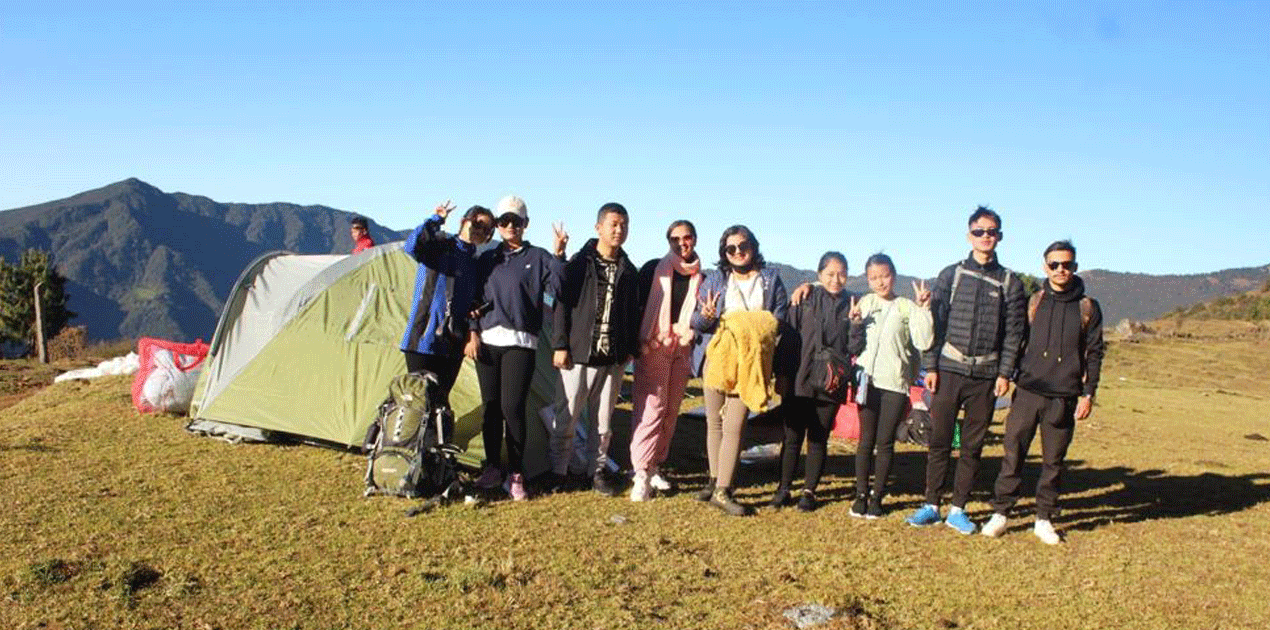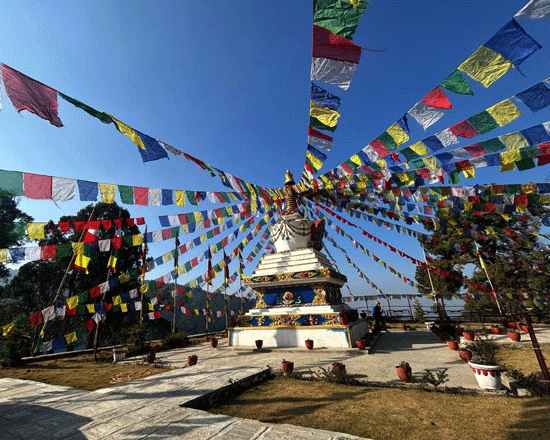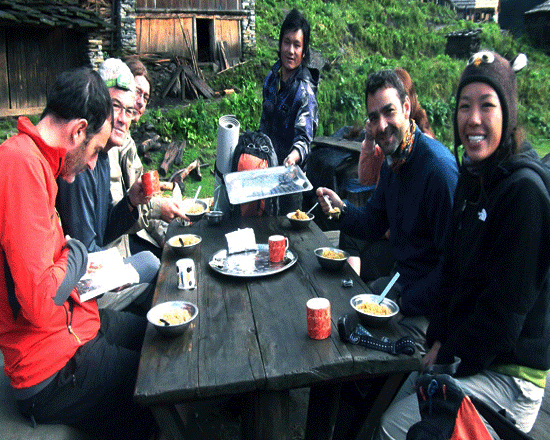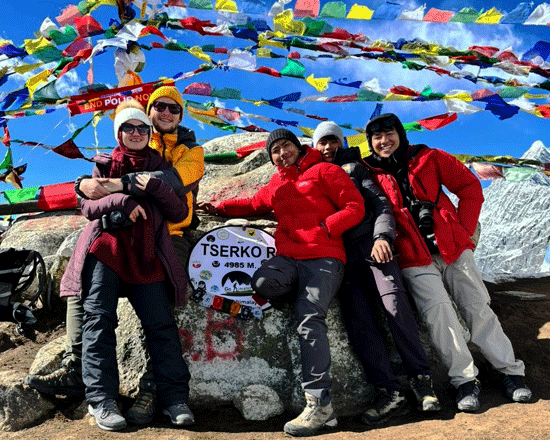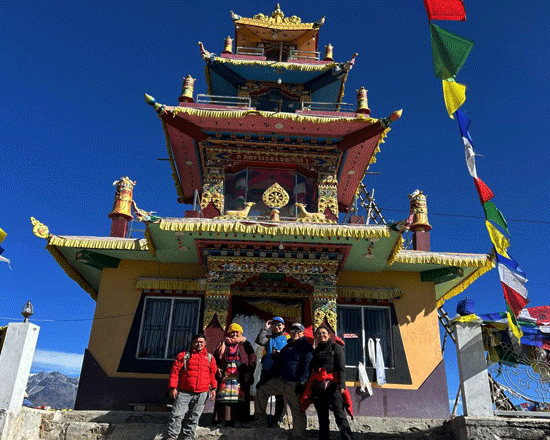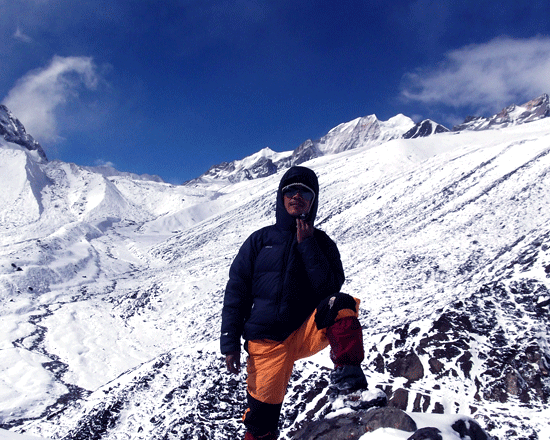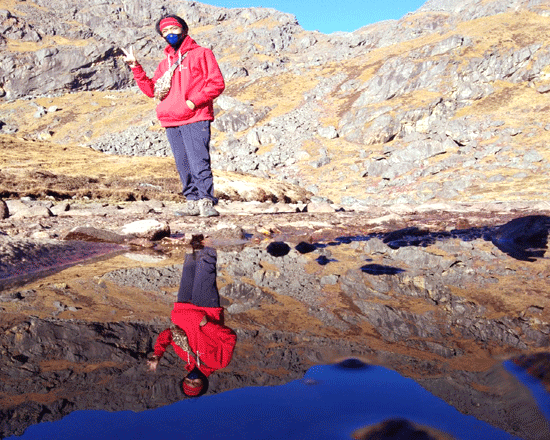Fikuri Trek
Fikuri Trek
Langtang RegionTrip Facts
Since the terrain can be hard and the days long, hikers on these treks should be in good physical condition and have some previous mountain walking experience. Steep climbing may be involved, although it is never necessary to use ropes. Treks at this level can he arranged for periods of 16 to 21 days. Typically, a gradual ascent through a green river valley will lead you up to a number of high passes, where you will reach the altitude of 5416m. Often times, you will get a close insight into the Tibetan culture. Participants should expect to trek above 5416m/17872ft.
100%
Overview
Fikuri Camping Trek
The Fikuri trek offers a less touristy, shorter, and more rural experience in Nepal, perfect for exploring culture, nature, and mountain scenery. Ideal for trekkers seeking wild natural beauty and friendly locals, this newly opened and little-known trail promises a quiet escape. Trekkers can fully immerse themselves in nature and local traditions over 7-8 days. This short trek provides stunning views of Langtang Lirung (7,234m/23,734ft), Ganesh Himal (7,422m/24,350ft), Manasalu (8,163m/26,781ft), and Goshainkunda (4,380m/14,370ft).
View from Fikuri Trek
As with other treks in Nepal, the Fikuri trek passes through the densely populated area of Nuwakot. It is possible to observe the different types of local inhabitants and their unique cultures. In addition to the incredible natural beauty, the mixed cultures along the trekking trails are a must-see. If you have more time, the Fikuri Trek can be extended to incorporate views of the Ganesh Himal Ruby Valley Trek or via Pangsang la pass and Jong to the Tamang heritage trek of the Langtang area.
Most residents of the Phikuri area belong to the Tamang ethnic group, rich in culture and tradition. When a Tamang funeral is taking place, there are specific customs to observe. Other inhabitants include Brahmins, Chhetris, Gurungs, and blacksmiths. The blacksmiths craft weapons and equipment. Despite being aware of modern medical treatments, locals often turn to Jhankri (Shaman) for healing. While trekking to Phikuri, you can enjoy the incredible views of the Himalayan range.
What is the nature of Fikuri Trek? Is it a tea house trek or a camping trip?
The Fikuri Trek is primarily a camping trek since it’s a newly opened trail with limited hotel accommodations. For a comfortable experience, opting for a full camping trek is recommended. This luxurious option includes meals and overnight stays in tents, with all necessities brought from Kathmandu. Budget travelers can consider a homestay trek, though it’s more challenging as you rely entirely on the host family. Issues like sleeping arrangements and food quality can vary in this arrangement.
The Fikuri trek is a challenging and remote trek that typically spans 7 to 8 days, depending on the chosen itinerary and acclimatization requirements. It demands a high level of fitness, preparation, and proper gear due to its camping nature.
Overall, the Fikuri trek is an unforgettable adventure that offers a unique cultural and natural experience, as well as the Vast Tamang culture of Nepal.
The Fikuri Danda trek takes you through diverse landscapes, from lush forests to alpine meadows, providing an opportunity to encounter a variety of flora and fauna along the way. Here are some of the common plants and animals that you may come across during the trek:
Flora
Rhododendrons: These colorful flowering shrubs are a common sight along the trekking route, especially during the spring season when they bloom in shades of pink, red, and white.
Oak trees: The lower altitude forests are dominated by oak trees, which provide a habitat for a variety of birds and mammals.
Bamboo: Bamboo forests are found at lower altitudes and provide cover for wildlife such as deer and monkeys.
Alpine flowers: As you climb higher, you’ll see a variety of alpine flowers such as Himalayan blue poppies, primroses, and gentians.
Fauna
Himalayan tahr: These wild goats are commonly found in the rocky terrain and can often be seen grazing on the slopes.
Red panda: Though rare to spot, the Singla Danda Fikuri trek provides a good opportunity to catch a glimpse of this elusive animal.
Himalayan black bear: These bears are found in higher altitude forests and are active during the spring and autumn seasons.
Langur monkey: These playful and social monkeys are often seen swinging through the trees in lower-altitude forests.
Musk deer: These shy and solitary animals can be spotted in the forests around Somdang.
Other animals that you may encounter include foxes, martens, pheasants, and a variety of bird species such as the Himalayan monal and the white-capped redstart.
It’s important to note that most of the wildlife in the area is shy and elusive, and it’s recommended to maintain a safe distance and not disturb their natural habitat.
Nepal offers a range of trekking opportunities suitable for various experience levels. Here are some of the more accessible treks:
- Langtang Gosaikunda Trek Details
- Mohare Danda Trek Details
- Mohare Khopra Danda trek
- Khopra Danda trek
- Lower Dolpo Trek Details
- 5 Days Annapurna Base Camp Trek Details
- 10 Best Short Treks in Nepal
- Khumai Danda Trek
Detail Itinerary
- Day 01: Drive to Bhalche 2000 M 8-9 Hr
- Day 02: Trek to Thulo Chaur 2300 M 6-7 Hr
- Day 03: Trek to Gonga Bhanchyang from from Thulo Chahur 3000 M 6-7 Hr
- Day 04: Gonga Bhanchyang and Hike to Sing La Pass 4200 M 6-7 Hr
- Day 05: Gonga Bhanchyang to Mandala 1965 M 5-6 Hr
- Day 06: Trek to Mane gaun 1400 M 5-6 Hr
- Day 07: Mane Gaun to Bettrawati then Kathmandu 1350 M 6-7 Hr
Cost Included
- Hotel to the bus park by car.
- Kathmandu to Bhalche by public bus.
- Camping accommodations
- Italian, Chinese, Nepali, Indian, and many other European Delicious Meals three times a day (Breakfast, lunch, and dinner.
- National park entrance permits and TIMS card.
- One fluent English speaking, government registered, experienced, first aid trained guide who is friendly and familiar with this area and required porters,
- Tents and kitchen pieces of equipment
- Required Equipment sleeping bag jackets (Self-preparation equipment list click here).
- Guides/porters- food, lodge, bus transportation, salary, insurance, equipment, etc.
- Darkha to Kathmandu bus
Cost Excluded
- Hotel in Kathmandu
- all beverages Hard and soft table drinks such as Coke, Fanta, mineral water
- Personal insurance.
- Rescue operation charge.
- Tip for guide & porter.
Trip Map
